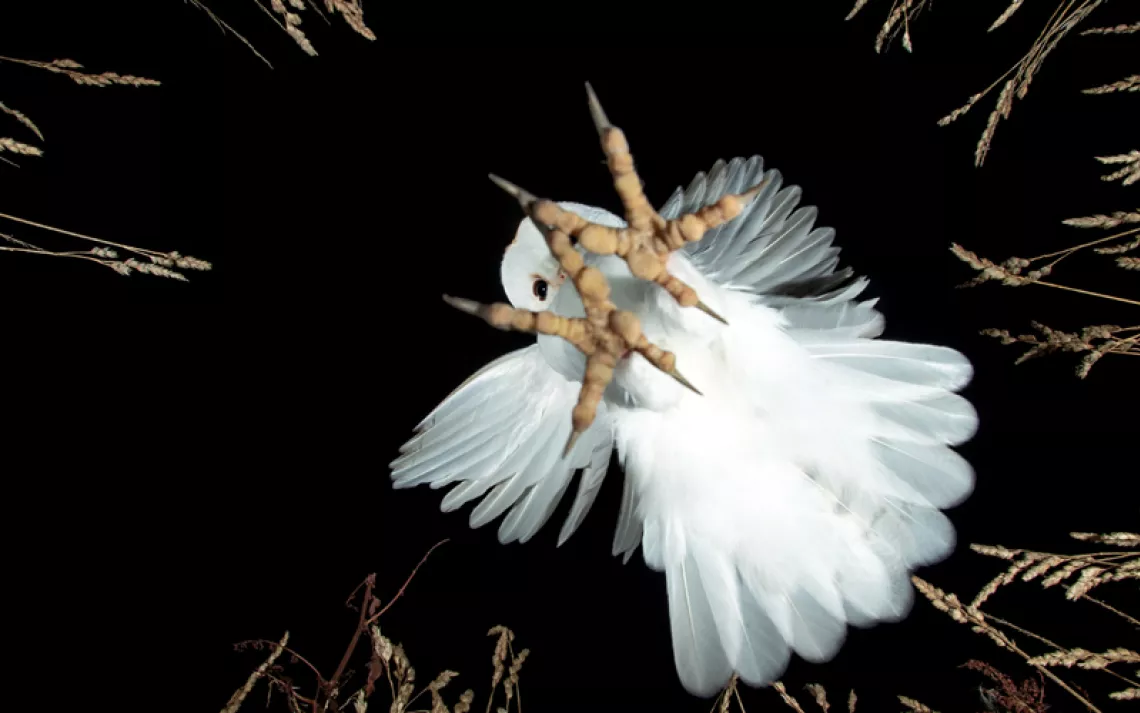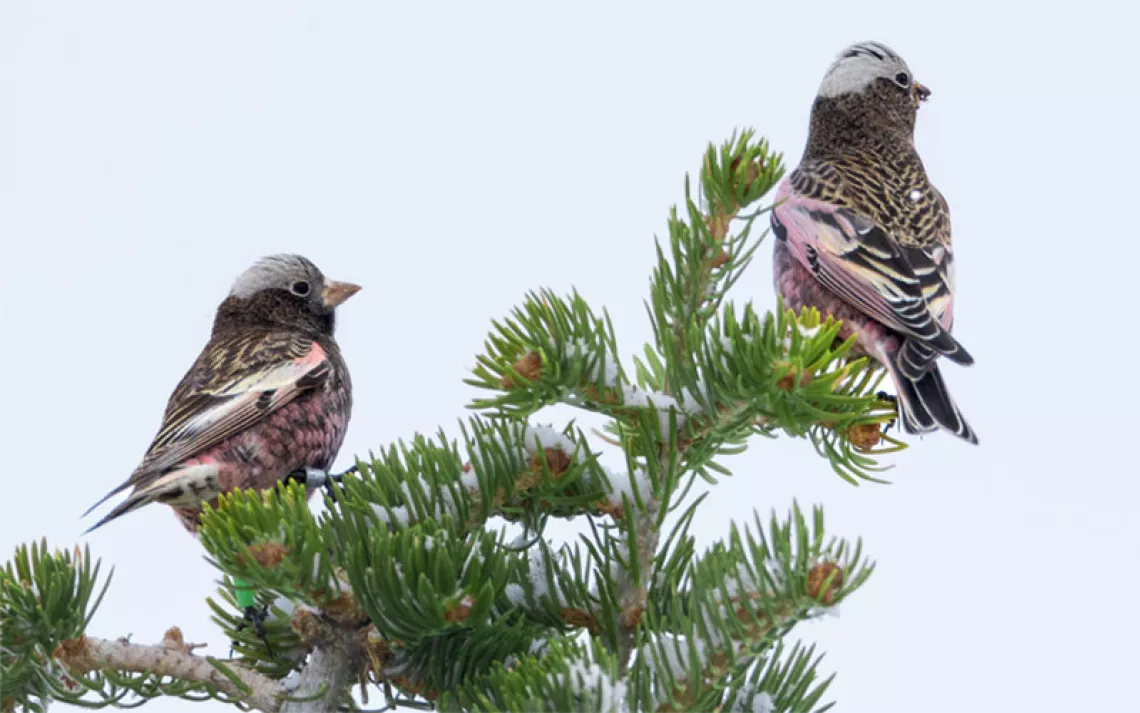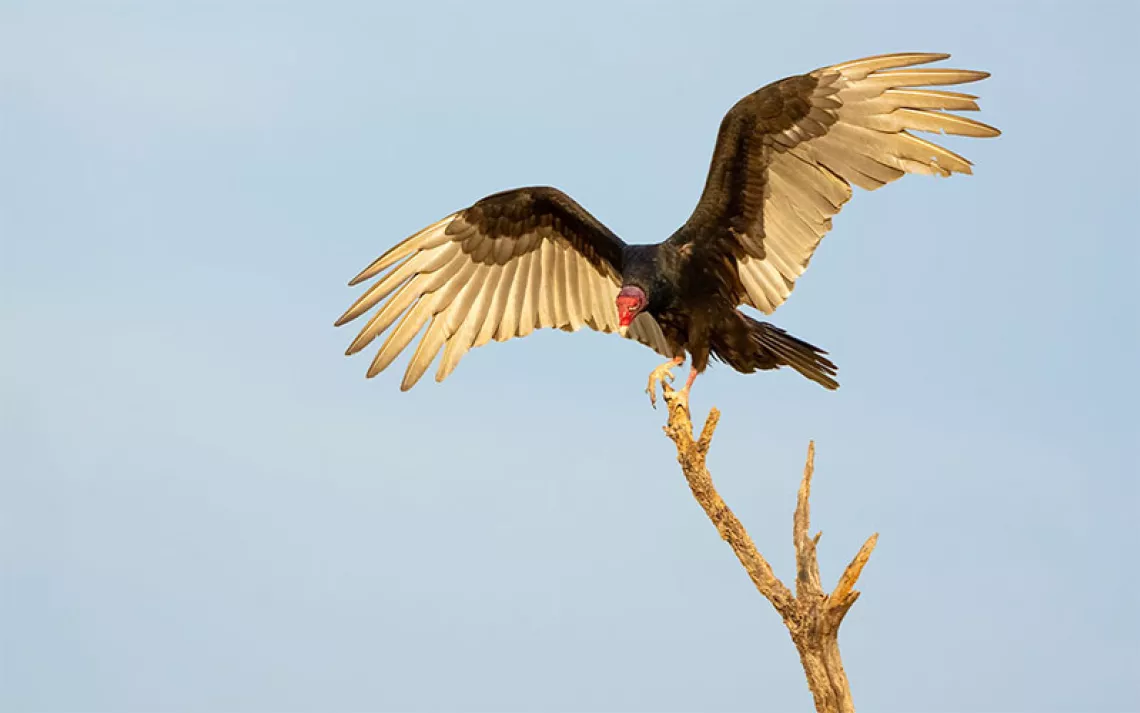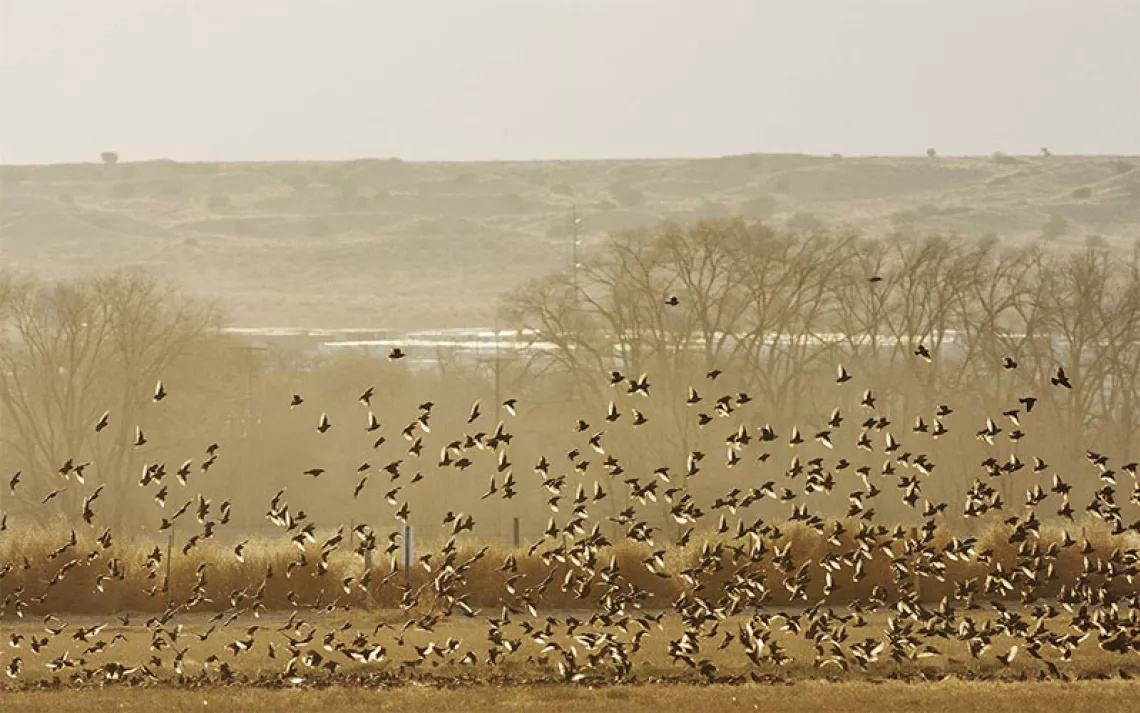Hey Mr. Green, How Many Birds Get Whacked By Cars?
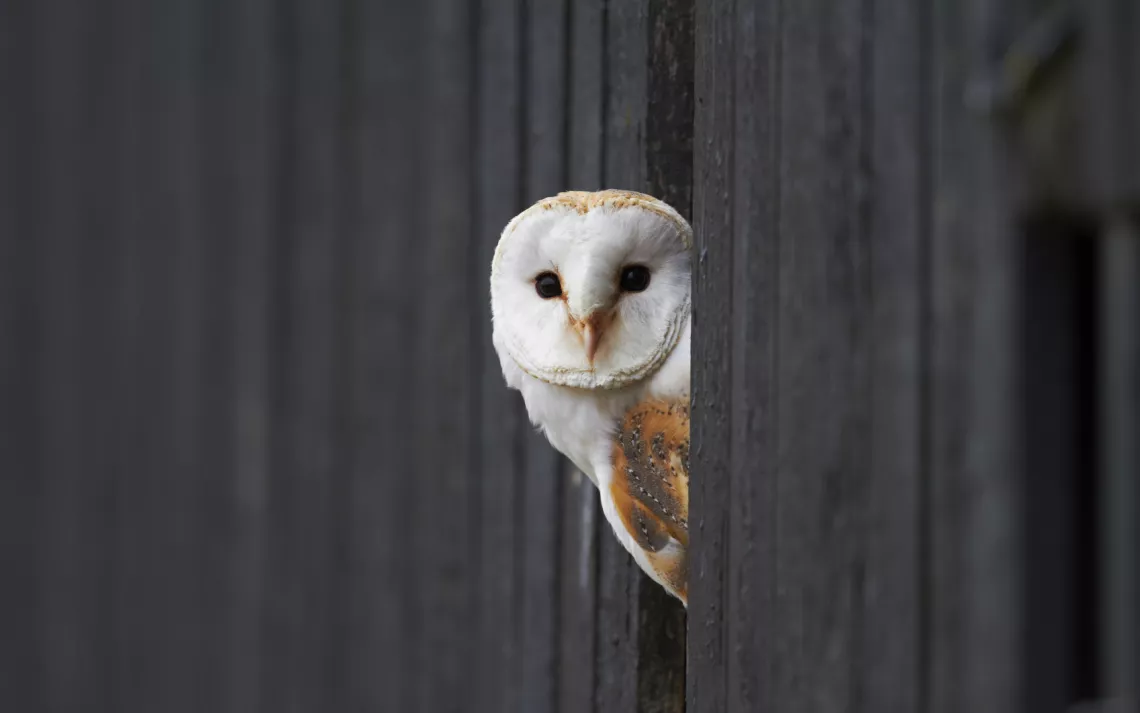
Photo by iStock/cadifor
Hey Mr. Green,
You’ve mentioned that wind turbines don’t kill nearly as many birds as feral cats and collisions with windows, towers, and power lines. But how many birds get whacked by trucks and cars? Pesticides? Polluted water?
—Scott, in Milwaukee
More than 4 million miles of U.S. roads make an expansive killing field for birds. It’s hard to find anything much better than a ballpark estimate, because research into this form of bird mortality is not a terribly popular field. A recent analysis of the studies that have been done, published in the Journal of Wildlife Conservation, estimates avian traffic fatalities anywhere from 80 million to 380 million. But the level of uncertainty could be much greater, according to a recent article in Biological Conservation, which suggests that estimates are low by huge factor, because of “differences in carcass detectability and removal rates.” In other words, it’s hard to detect a dead bird, and especially so if it’s been removed from the site if impact. So undercounting is inevitable.
Some birds, such as the barn owl, are more susceptible to collision than other species. This is particularly unnerving. Barn owls do not deserve such a fate. I mean, if a billion invasive species, e.g., English sparrows or European starlings or rock doves (pigeons) are done in, it’s more a blessing than a calamity. But to lose our wonderful barn owls? So let’s hope that designers of those self-driving cars can not only discover a way to allow barn owls to escape.
As for mortality from pesticides, a standard estimate has been 72 million. But this number is even less reliable, because the effects of hundreds of pesticides are so difficult to analyze. Also, there is probably a secondary mortality factor, in that some species of birds perish because their main food source, insects, is wiped out by pesticides. A hundred-page study by the American Bird Conservancy does not attempt an estimate, but analyzes in great detail the hazards of pesticides to birds, especially the types of neonicotinoids that implicated in the massive die-off of bees. The report says that the EPA’s methods of assessing toxicity to birds from these poisons are too simple or too superficial to give an accurate evaluation.
As for mortality from pollution, well, with dozens of kinds, from oil spills in the water to light pollution in the air, that I’m not even prepared to make a guess.—Bob Schildgen
 The Magazine of The Sierra Club
The Magazine of The Sierra Club
